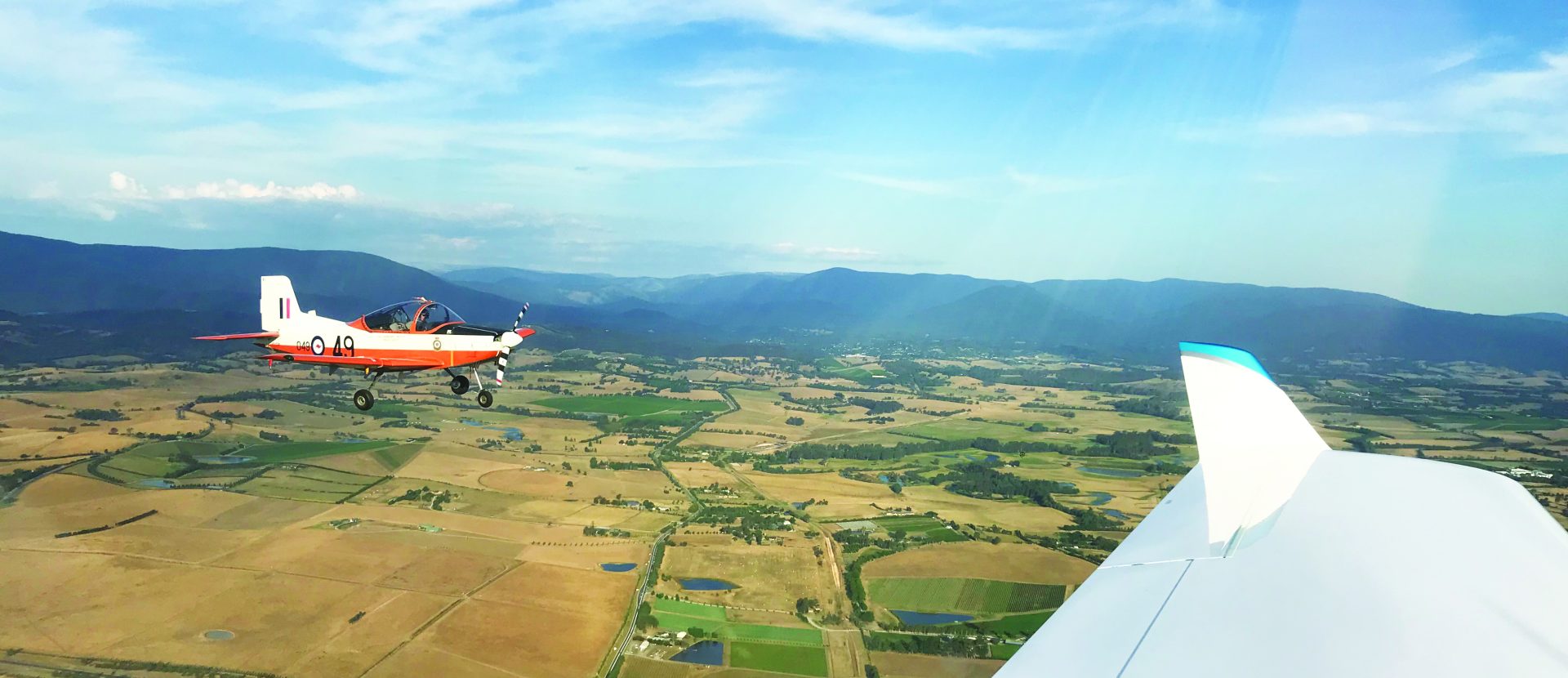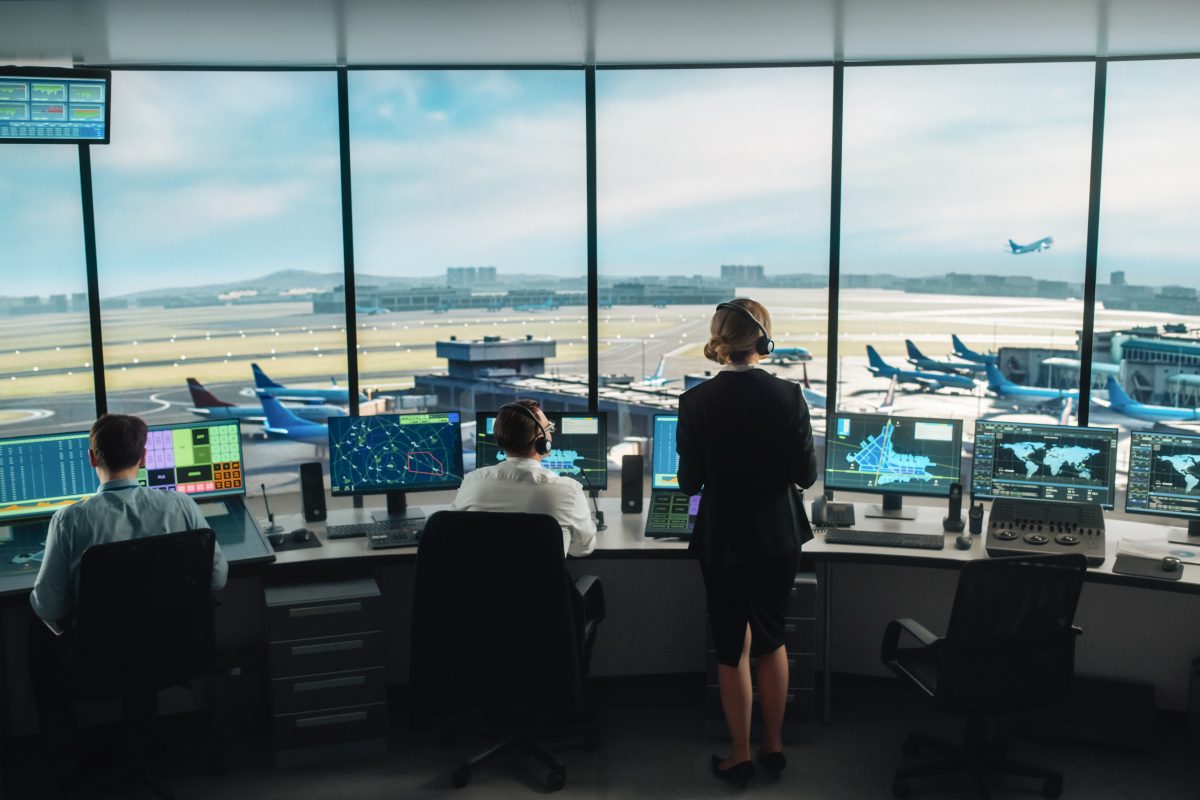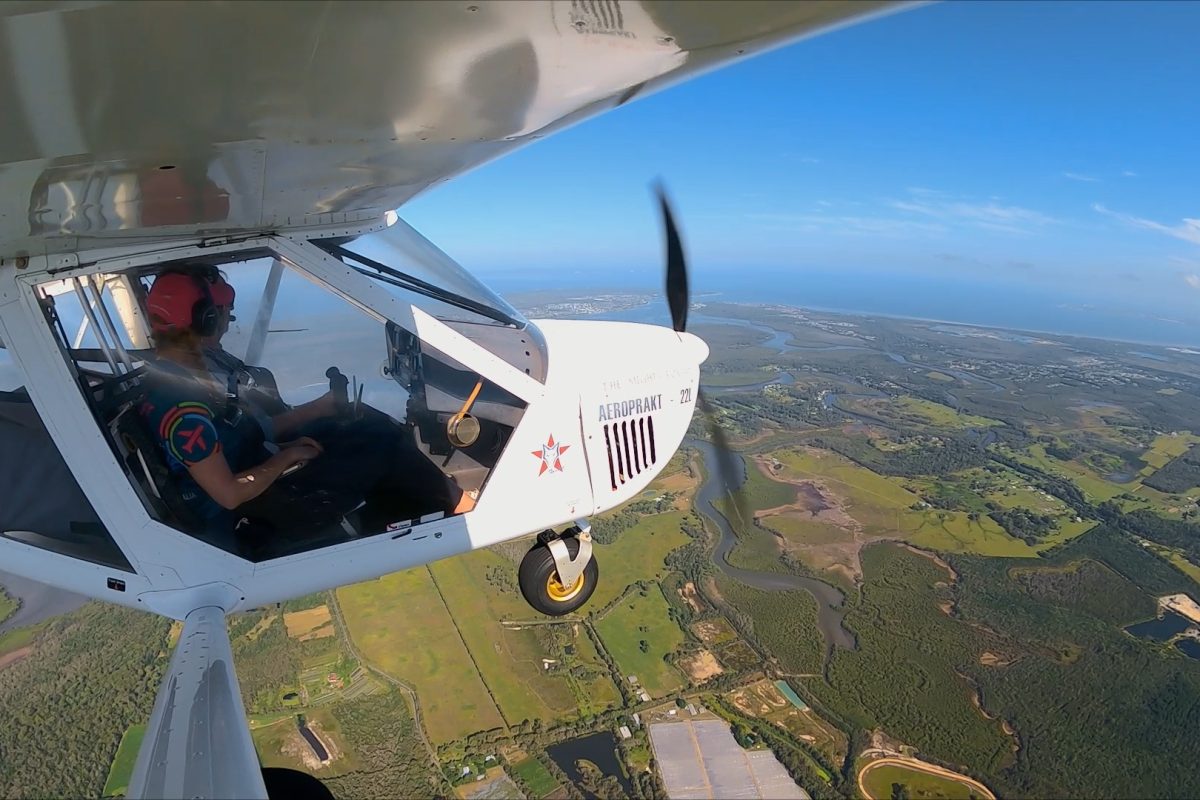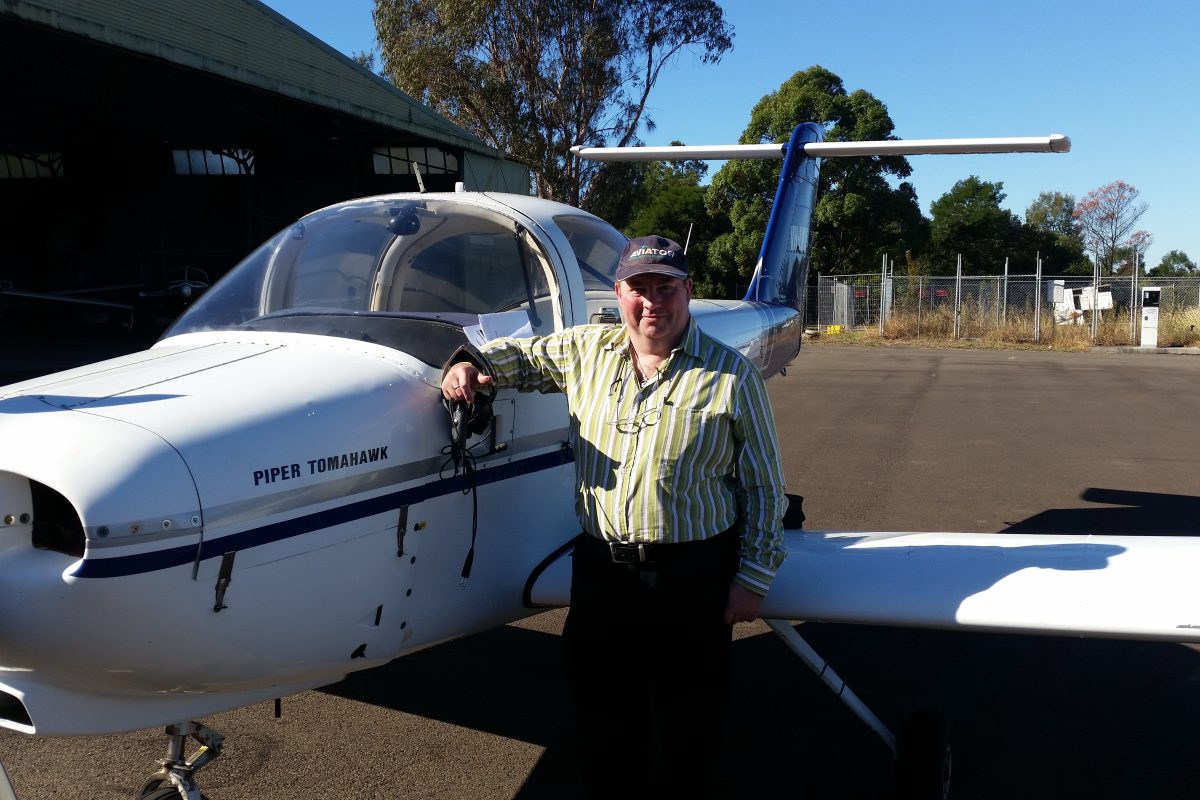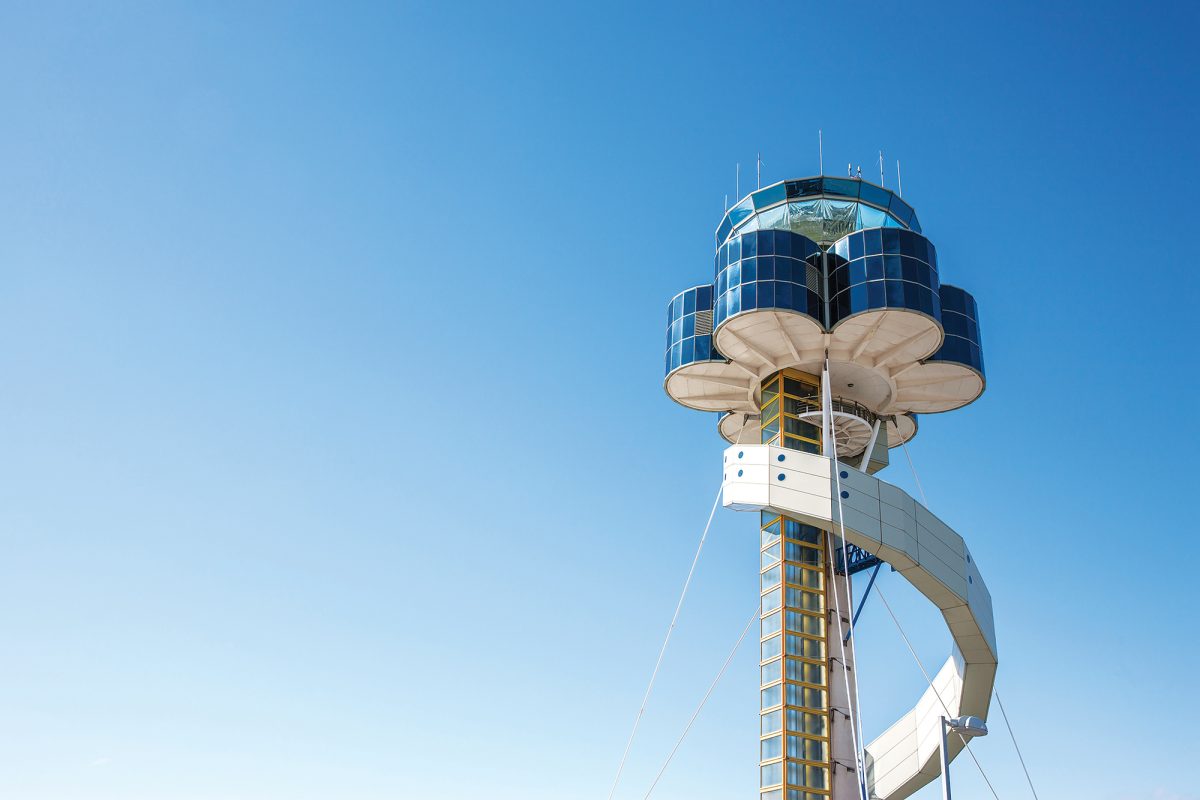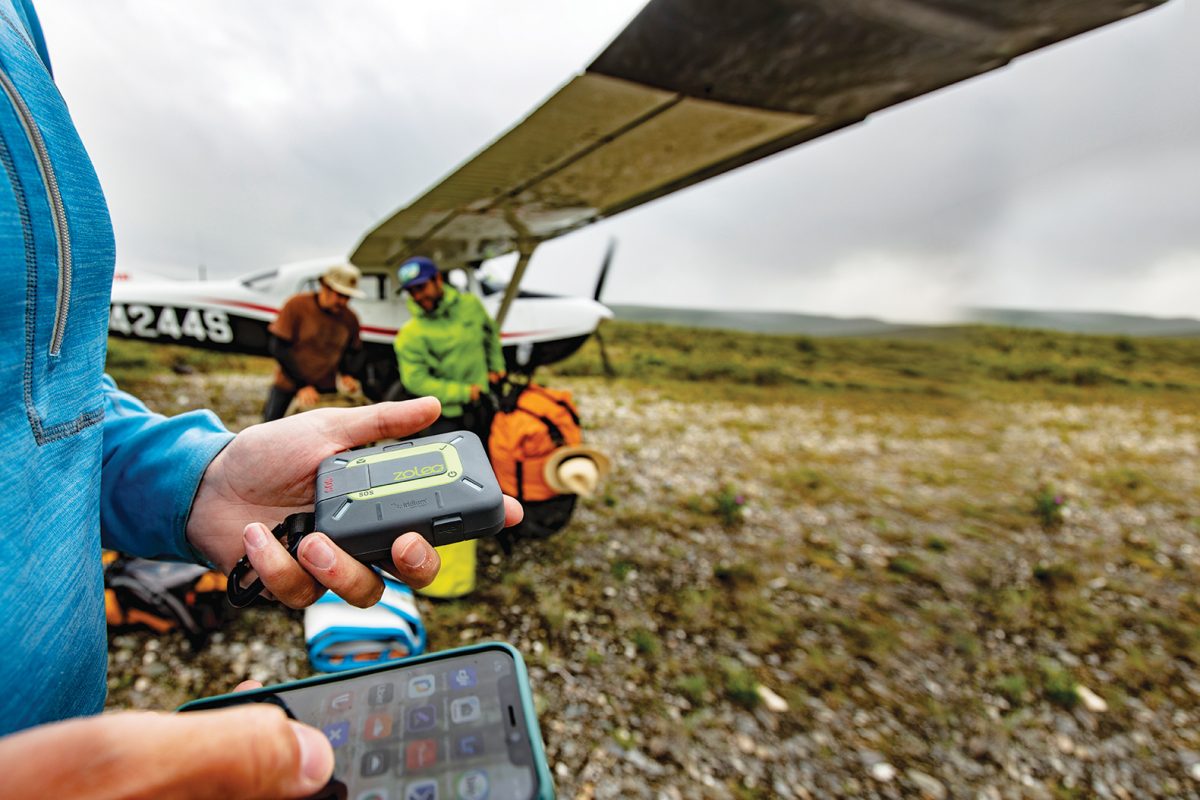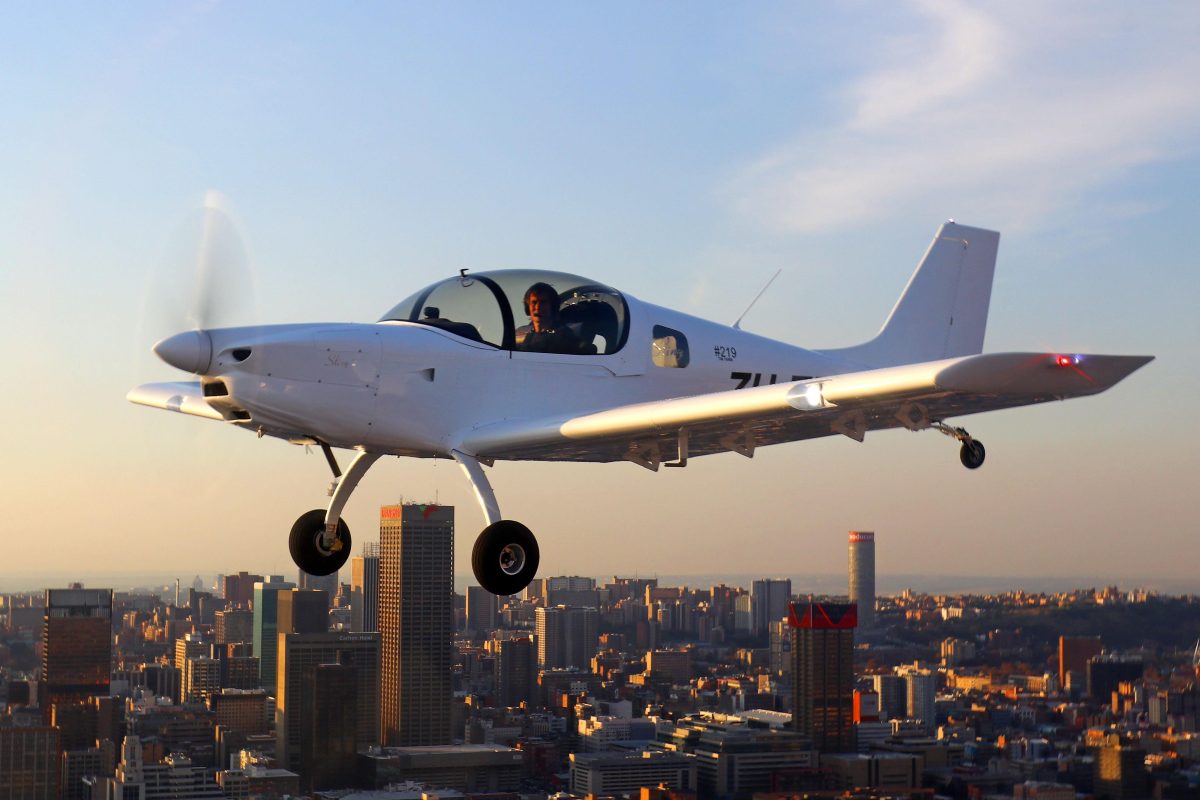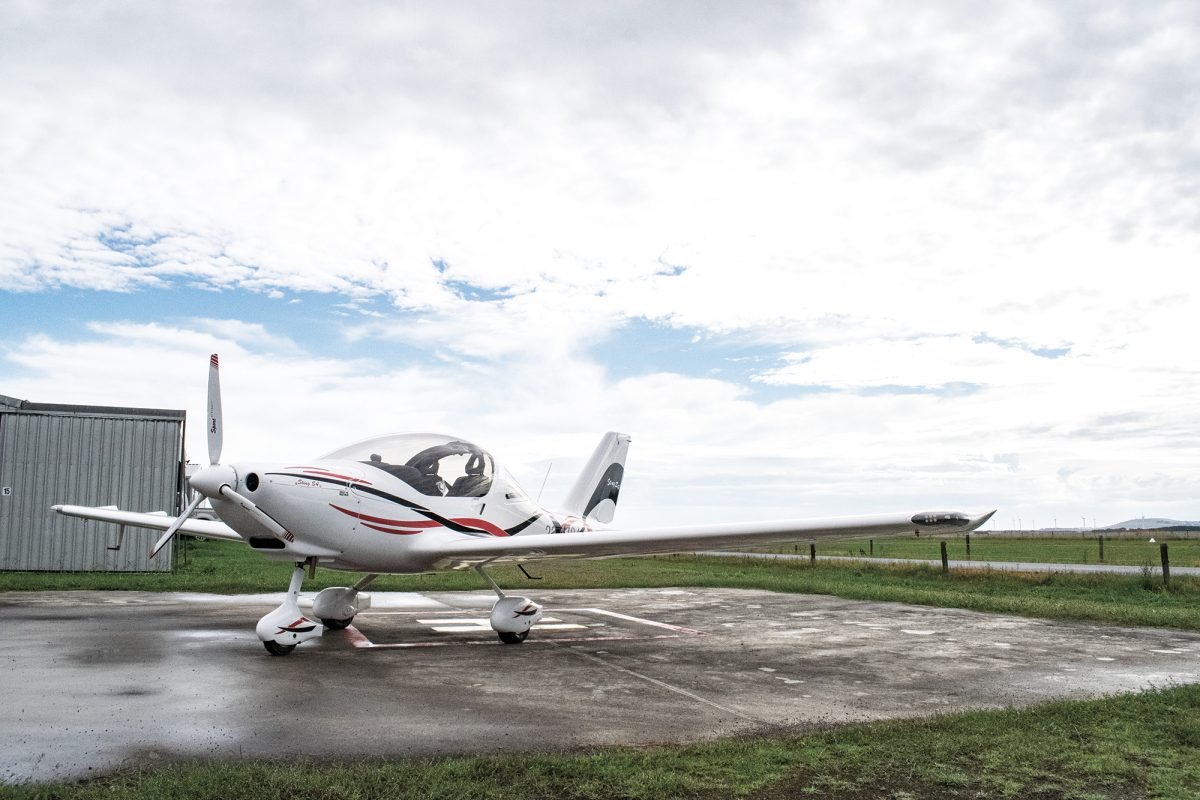Important tips for flight training to help you to go solo sooner!
Does this sound like you? You decided to learn to fly and were enjoying your flying lessons. At first, flying didn’t seem that hard…then you started circuit training.
Now you are learning the art of landing, taking off and completing circuits, but something’s wrong. You feel like you’re not progressing, like you’re overloaded with information. You start to feel frustrated and might start blaming things for why you haven’t mastered this phase of your training.
It’s ironic, but landing an aircraft isn’t really that hard once you know how. Learning to do so can be challenging though. A lot of potentially great pilots give up during this phase of training. If only they’d got through the learning ‘wall’, they’d master their landings and realise once you ‘get it’, you ‘get it’ for life!
Below I have outlined nine important tips on getting through this period of your training with the least amount of fuss.
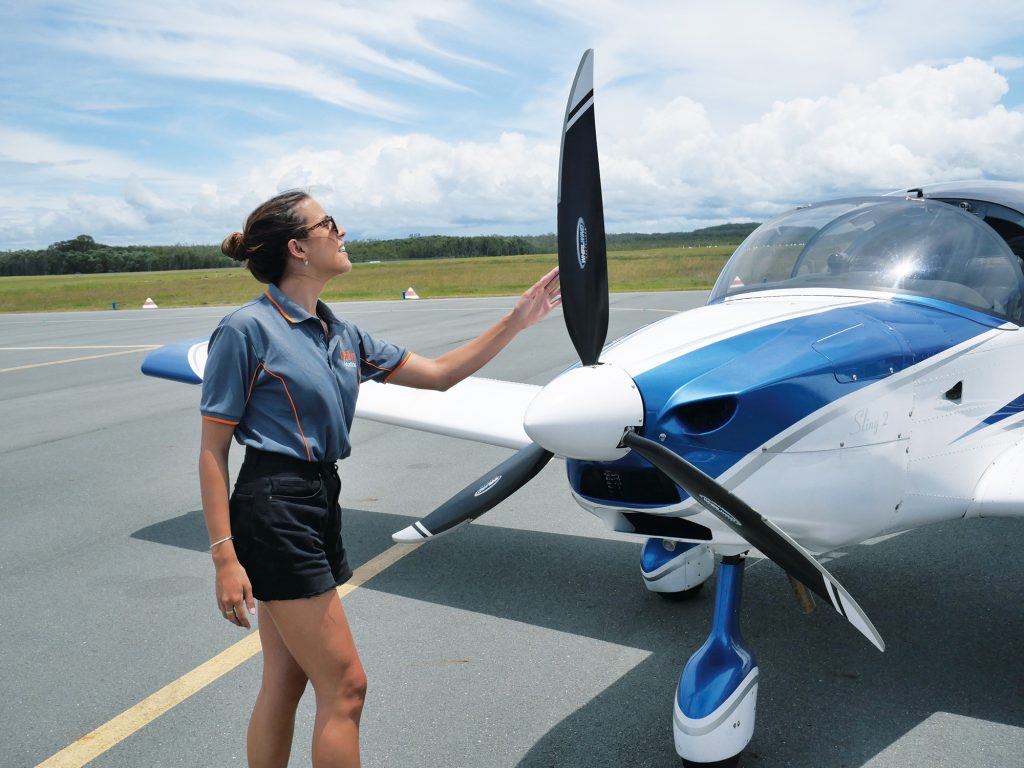
1. Go easy on yourself – try not to get frustrated or blame anyone else
An easy way your training can stagnate is to become frustrated with your progress, and turn that frustration into blame.
Humans aren’t born with wings; it stands to reason that learning to land doesn’t come naturally. It can feel like you’re making progress one lesson, then going backwards. I had difficulty with learning to land when I first started. I’m so glad I didn’t give up.
As soon as frustration sets in, your ability to learn diminishes. When frustrated, you tend to blame the weather, the instructor or the bad night’s sleep. The best thing to do is expect difficulty at times, and realise it’s just part of the process.
2. Be patient – you’ll go solo when the instructor tells you you’re safe to go solo
“My friend went solo in just over 10 hours…”
I’ve heard so many stories like this, setting up false expectations that if someone else went solo in ten hours, you should too. You feel if you don’t go solo in the minimum time, something must be wrong with you.
I always tell my students there’s no logic to thinking like this. How do you even know your friend is telling the truth? Realistically, everyone learns at different rates. Some students may master landing fairly quickly, but take longer in other aspects of training.
Going solo in minimum time isn’t an indicator you’re going to be a good pilot. Also, you don’t want to go solo too early. If you don’t feel confident and have a hard landing, it’ll shake your confidence. Going solo means being able to handle all emergencies that may happen – it’s not just about landing the plane.
Be patient with yourself and your instructor. They want you to be able to land the aircraft safely and be the best pilot you can be. One of my friends, a pilot for Virgin, took 22 hours to go solo. Virgin didn’t seem to care and neither should you!
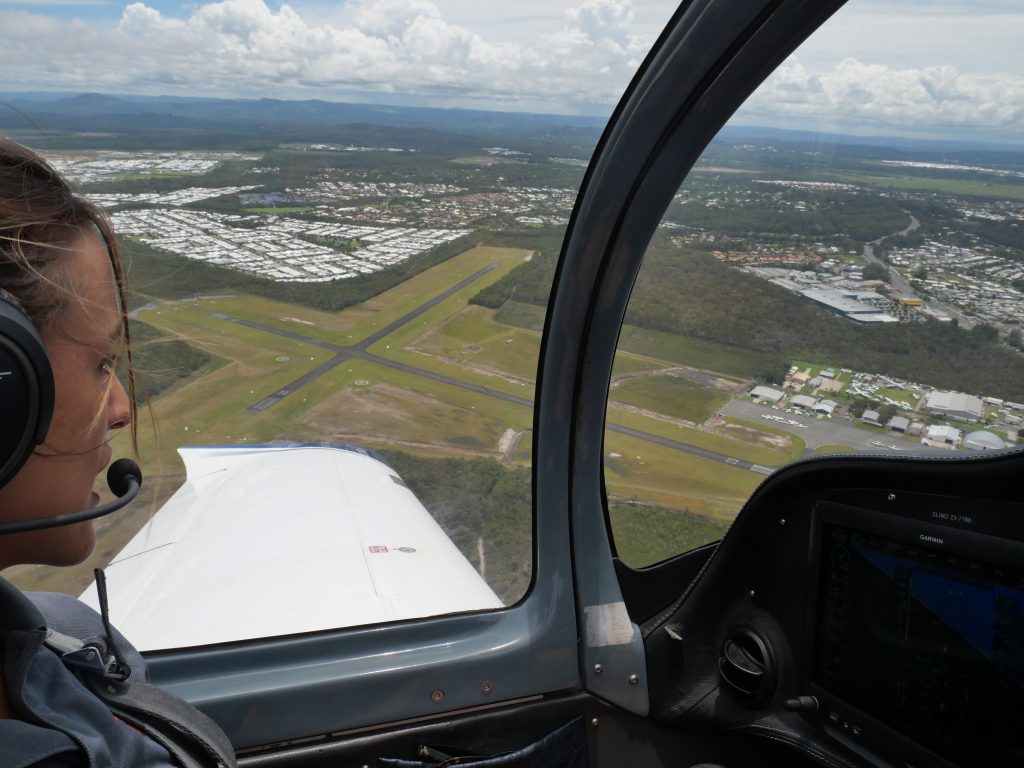
3. Mental rehearsal – practice and rehearse your procedures at home in a chair or on a home simulator
I always tell students to practice procedures at home between lessons. I suggest sitting down in a chair and visualising flying circuits, learning the procedures with repetition. It might be boring, but it works.
If you don’t, you end up spending the lesson remembering what procedures, checks and calls come next. It distracts from learning to fly the plane. If you can do these automatically, it’ll free up mental space to focus on landing. If you have your driver’s licence, you know how after a while putting on your seatbelt, checking mirrors and taking off the handbrake becomes automatic.
OK, here’s my shameless plug. We’ve created online videos to help teach students their procedures on the GoFly Online website. The videos really help with students’ muscle memory for procedures and radio calls. Be sure to check it out!
4. The right approach – a good scan and getting the approach right every time
You may have heard that a good landing is a direct result of a good final approach. I have found this to be true time and time again. The more stable the approach, the easier it is to get the landing right.
Make sure you give your approach the same attention as your landing. Constantly ask yourself; Is my approach profile correct? Am I too high or too low? How is my airspeed, height and approach profile?
One of the biggest mistakes I see is students getting tunnel vision; focusing only on either airspeed or the runway. Once you focus only on airspeed, you tend to lose the approach profile. I always recommend a good scan of your attitude, airspeed, then runway. This way you’re keeping an eye on everything.
5. Your eyes land the plane
While it’s your hands and feet that really control your landing, you’ll never be able to land well unless your eyes are in the correct position. This means as soon as you flare, your eyes should move to the end of the runway. The reason is simple; if you aren’t looking towards the end of the runway, you’ll get a ground rush and most likely pull back on the controls too quickly.
You also need good depth perception to know how far you are off the ground at this height. If you’re looking forward, you’ll be able to notice when the aircraft is sinking to the ground. This is your prompt to gently start pulling back.
If one of my students has been doing great landings then suddenly one is terrible, nine times out of ten it’s because they weren’t looking to the runway’s end. Remind yourself as you start to flare; eyes forward!
6. Every landing is a failed missed approach
This one is big. I will send a student solo sooner if their landings are safe (but not necessarily perfect) and they know when to go around and conduct a missed approach, over a student who does perfect landings but is slow to go around when things go wrong.
The ability to initiate a missed approach when you balloon or bounce, when your airspeed is low, or you aren’t lined up straight, is a sign you’re close to going solo. I always tell students ‘Every landing is a failed missed approach’. Be ready to go around at any time, it’s perfectly OK to go around if you’re not comfortable with the landing. It’s a sign of good airmanship.
If you’re confident about doing a missed approach and understand it’s a normal aspect of every approach, you won’t feel so anxious about the landing if things go wrong.
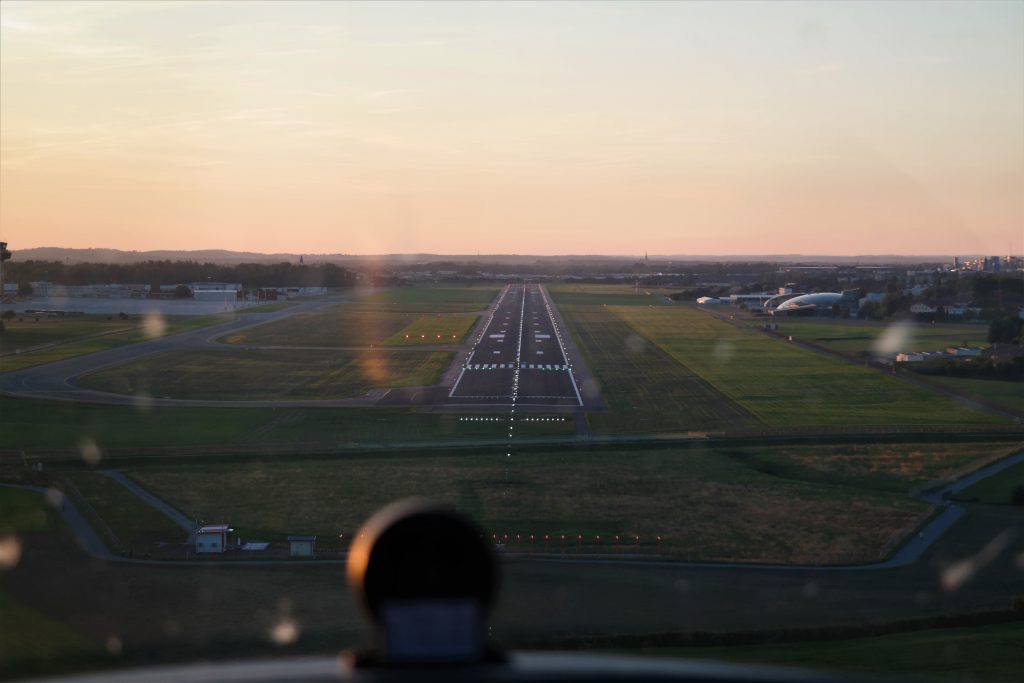
7. Get your instructor to demonstrate regularly what the landing should look like
Many instructors think the only way students can learn landings is to keep them on the controls until they get it right. While this obviously works, over time if the student isn’t successfully landing, they may have actually forgotten what a good safe landing looks like.
I start every circuit lesson, no matter how far through a student’s training, by demonstrating what a good circuit, approach and landing looks like so it’s clear in their mind. Often if the student is struggling, I get them on the controls and we do the landing together. Don’t be afraid to ask your instructor to demonstrate a landing if you are frustrated with your progress. It’ll give you a break, allowing you to watch and learn without the pressure of actually flying.
8. DO NOT look through the propeller
Most students have issues with landing straight. Most single-engine aircraft with side-by-side seating give a tendency for students to look through the propeller (the middle of the aircraft) when they are looking to the end of the runway during the flare. Because the student isn’t sitting in the middle of the aircraft, they try to align the propeller with the centre of the runway. Due to parallax error, the aircraft ends up yawing left during landing.
To stop this, I recommend imagining your seat flying through the air. Ignore the prop and look directly ahead of the aircraft. You can also practice this while taxiing to get the alignment correct.
9. DO NOT be in a hurry to land
My last tip is a simple one; never rush to land, even when your bladder is bursting. When you rush the landing, you stuff the landing.
When we teach a student to land, we aren’t actually teaching them to land. We’re teaching them to fly the aircraft as long as possible just above the runway, until it settles itself gently onto the ground. I have discovered over the last 10 years that when I tell students not to rush, their landings improve dramatically. When you rush, you’re trying to get the aircraft on the ground quickly – this can only end badly.
I hope these tips have helped you. Remember, it doesn’t matter whether you go solo in 15 or 25 hours. Once you ‘get it’ – I promise you – it just gets easier. The great news is that once you’ve mastered landing, the feeling of accomplishment is something you’ll never forget. I still remember my first solo – 30 years ago! – like it was yesterday. It’s a memory and a feeling no one can ever take from you. If it was easy, everyone would be doing it, and it wouldn’t be so fulfilling and rewarding.
Happy and safe flying!
